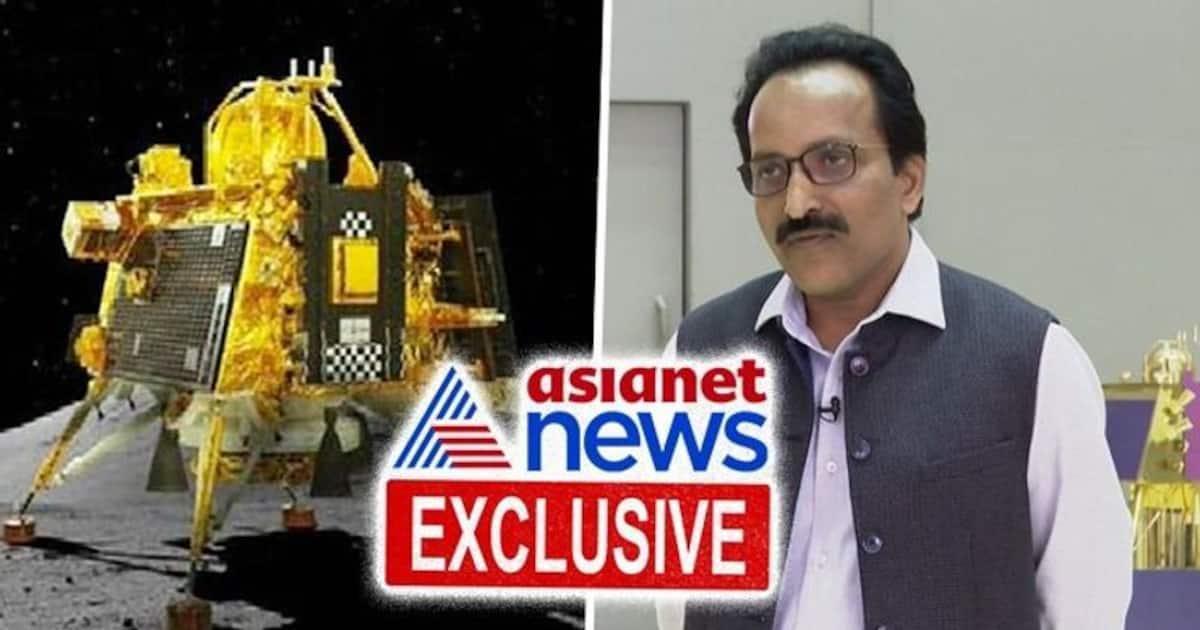(MENAFN- AsiaNet News) Surviving extremely low temperatures on the lunar surface for a long duration and making sure the systems work again is really going to be a tough thing, but if Vikram Lander and the Pragyan Rover manage to switch on when the sun's rays hit them once again on September 22, it will be nothing short of historic, ISRO Chairman S Somanath has said in an exclusive conversation with Asianet News Network Executive Chairman Rajesh Kalra.
Recalling the sequence of events, ISRO initiated the sleep mode for the Vikram Lander on September 5. Preceding this, a series of in-situ experiments involving the ChaSTE, RAMBHA-LP, and ILSA payloads were conducted at the new location, following the successful completion of the hop test. Subsequently, the collected data was transmitted to Earth, leading to the deactivation of the payloads. Notably, the receivers on the Lander were left operational.
Looking ahead to September 22, scientists are poised to undertake efforts to reawaken the equipment onboard both the lander and the Pragyan rover in pursuit of a potential mission extension. The success of this endeavour hinges on the ability of these instruments to withstand the severely low temperatures experienced during lunar nights. Historical data from previous lunar missions indicate that nighttime temperatures on the Moon can plummet to as low as approximately minus 200 degrees Celsius.
"With all our confidence in what we did for Chandrayaan-3, the Vikram Lander and the Pragyan Rover, and the confidence that we have in all the other test programmes, we are hoping that both of them come on. And it is important that both of them come on. Coming on means that the electronics in the system should be functioning in such a way that we should be in a position to send commands to it so that they will obey us. And if it happens on September 22, it is going to be historic. That's because surviving such a low temperature for a long duration and making sure the systems work again is really going to be a tough thing," Somanath said during the interview, in which Asianet News Network was given exclusive access inside ISRO's U R Rao Satellite Centre in Bengaluru.
"Pragyaan has been fully tested (for extremely low temperature). But when it comes to Vikram, I cannot say that everything is tested. It is such a huge item, which can be subject to such low-temperature testing. But many of design heritage of the designs inside the Vikram lander and Pragyan being the same, we are hoping that whatever test we did on Pragyaan are sufficient enough to give us the confidence to the Vikram as well," he said.
'Enough fuel for some more interesting tests'
The ISRO chairman also confirmed that more hop tests could be conducted if the Vikram lander module is reactivated in September 2022.
"Our estimate is that around 90 kilograms of fuel is left, which could be enough for some more interesting manoeuvres," Somanath said.
However, he added that there are many challenges to this. "Once the temperature goes below 180 degrees, the liquid will not remain so, it becomes solid. And every pipeline will become solidified. It has to melt back to being liquid. And with all our confidence we will do something," he said.
Watch The Full Interview Below



















Comments
No comment